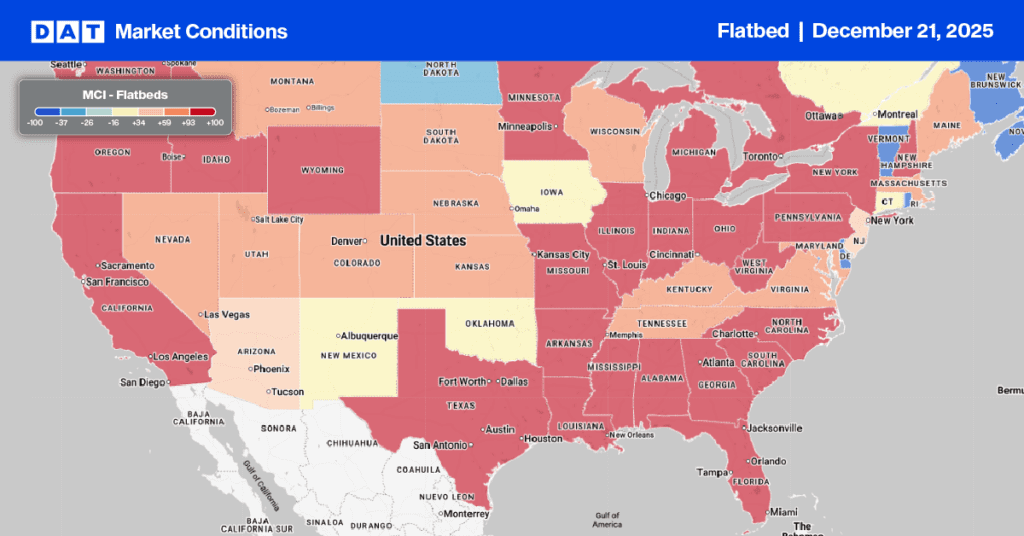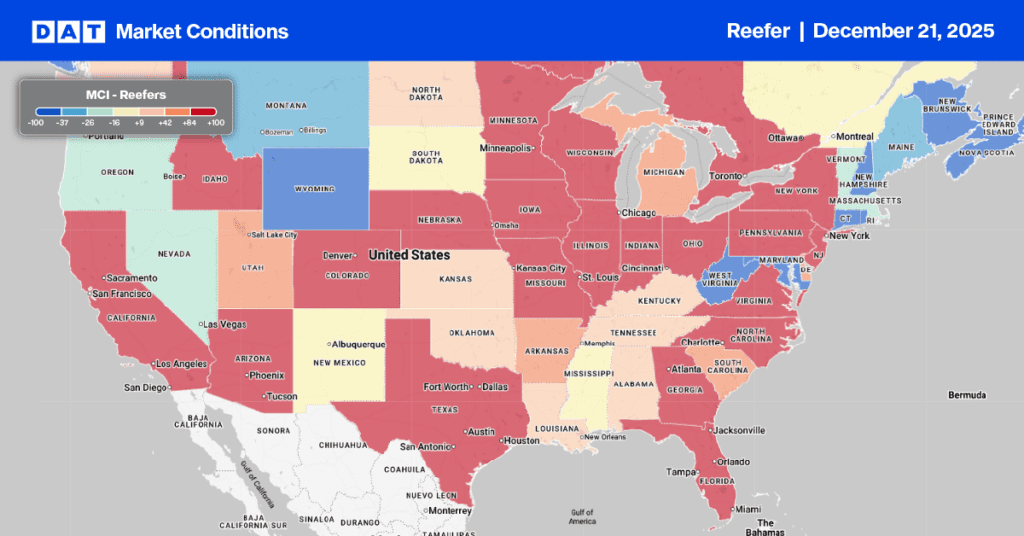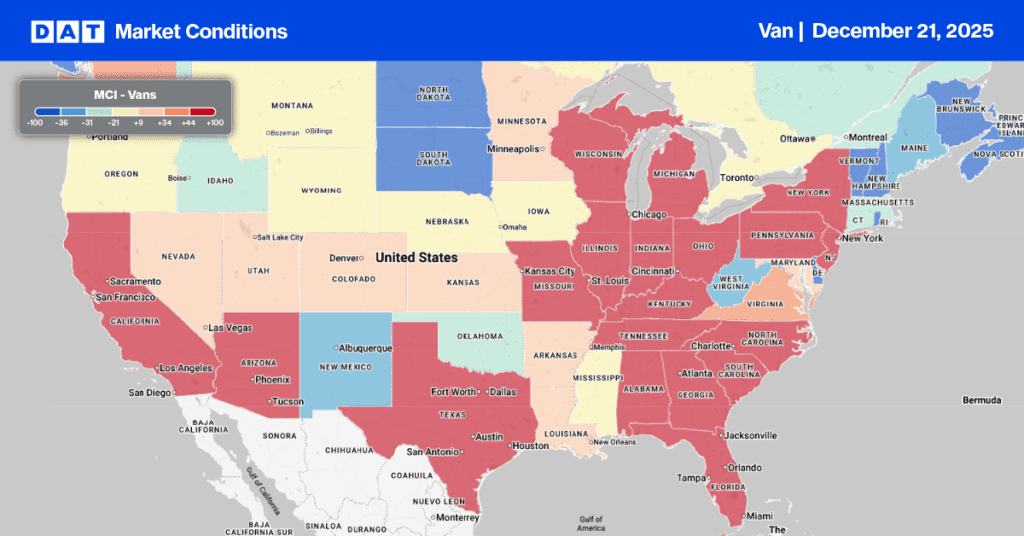Is your carrier underinsured? Look at the carrier’s insurance certificate and check to be sure your company and your customer’s cargo are well protected:
1. Obtain a certificate directly from the insurance agent or a third-party provider. Do not accept a certificate that has been provided by the carrier. There have been instances when a disreputable carrier has altered vital information on insurance certificates to secure the business of an unsuspecting broker. Check to be sure that all contact information on the certificate match the information provided by the carrier, to prevent being victimized by identity thieves who masquerade as carriers to double-broker your customer’s freight. Be sure to contact the insurance agent if you need additional verification.

Figure 1: Obtain a copy of the carrier’s insurance certificate from the insurance agent or a trusted third party service, such as TransCore’s CarrierWatch. Authenticate the contact information, and examine the date of issue, the insurance company’s reputation, and coverage amounts for auto liability and cargo insurance.
2. Check the insurer’s reputation. The insurance company should be one that has a good reputation and a favorable rating from a third-party analyst such as A.M. Best. There are two good reasons for this: (1) After a loss, you don’t want to discover that the carrier’s insurance company can’t cover your claim because it is bankrupt; and (2) If the carrier could not persuade a top-notch insurer to write his auto and cargo policies, that carrier is probably not a good risk for you or your customer.

Figure 2: Be sure the policy is backed by a reputable insurance company.
3. Validate coverage amounts. The two most important liability categories for truckers are auto and cargo. You cannot afford to hire any carrier that does not have adequate insurance coverage in those two areas.
Auto – The U.S. government requires that all carriers with an MC number have minimum liability limits: $750,000 for transport of non-hazardous materials (most common), $1 million for “oil” hazardous materials, and $5 million for hazardous materials other than “oil.” However, you probably don’t want to load anyone with less than $1 million, even for non-hazardous freight, because a single serious accident could wipe out the carrier’s business and risk your business as well. Even so, I just picked up a carrier’s certificate at random from my desk yesterday, and it had only $500,000 coverage on a brand-new policy. It happens, so pay close attention.

Figure 3a: The carrier’s auto insurance policy must meet or exceed the Federal coverage minimum of $750,000 to transport non-hazardous materials.
Cargo – Your shipper customers may have their own requirements for cargo insurance amounts, depending on their freight types. As a rule of thumb, most loads are usually insured for their replacement value. DOT does not require carriers to report any cargo insurance now that BMC-32 is gone, so you will need to verify this coverage on the certificate. You will also want to have your own contingent cargo policy, to cover the maximum value of the freight you expect to move. Call your insurance agent to discuss contingent cargo coverage, if you don’t have it already.

Figure 3b: Verify that the carrier has cargo insurance to cover your freight’s replacement value.
4. Verify that the policy is current. An insurance certificate is only guaranteed to be valid on the day it is issued. An unscrupulous carrier can buy insurance today and cancel tomorrow, or he can miss a payment and lose his insurance temporarily. The insurance company is required to notify the FMCSA within 30 days of cancellation, but meanwhile, that carrier has your customer’s freight on his uninsured truck. If you have a great working relationship with a legitimate, successful carrier, the constant verification may be overkill, because those guys are not going to put their assets on the road without coverage. Until you get to know a new carrier, however, your best defense is a good offense: call the insurance agent every time you load.

Figure 4: Check the certificate issue date, and call the carrier’s insurance agent with any questions.
5. Check for exclusions, limitations and additional coverage types. Insurance certificates are simply evidence that the carrier has insurance, but certificates do not generally list exclusions or limitations contained in the actual policy. If you need to know whether the policy has specific exclusions or limitations, contact the insurance agent before you load. In addition, there are several other types of insurance that your carrier may have. These may not be essential, but they could be indicators that the carrier runs a high-quality operation. The additional coverage could include general liability, which is not always needed by the small carriers or owner-operators. Likewise, worker’s compensation may or may not be included, as this requirement is subject to individual needs and state laws. The carrier may also have an excess liability or umbrella policy, which is nice but not essential to a successful business relationship.
Kathi Marth, AAI, CIC, CPIW and CPCU, is TransCore’s Insurance Analyst and manager of the company’s CarrierWatch Insurance Monitoring Center. Before joining TransCore, Kathi enjoyed a long and successful career managing insurance coverage for transportation companies.


